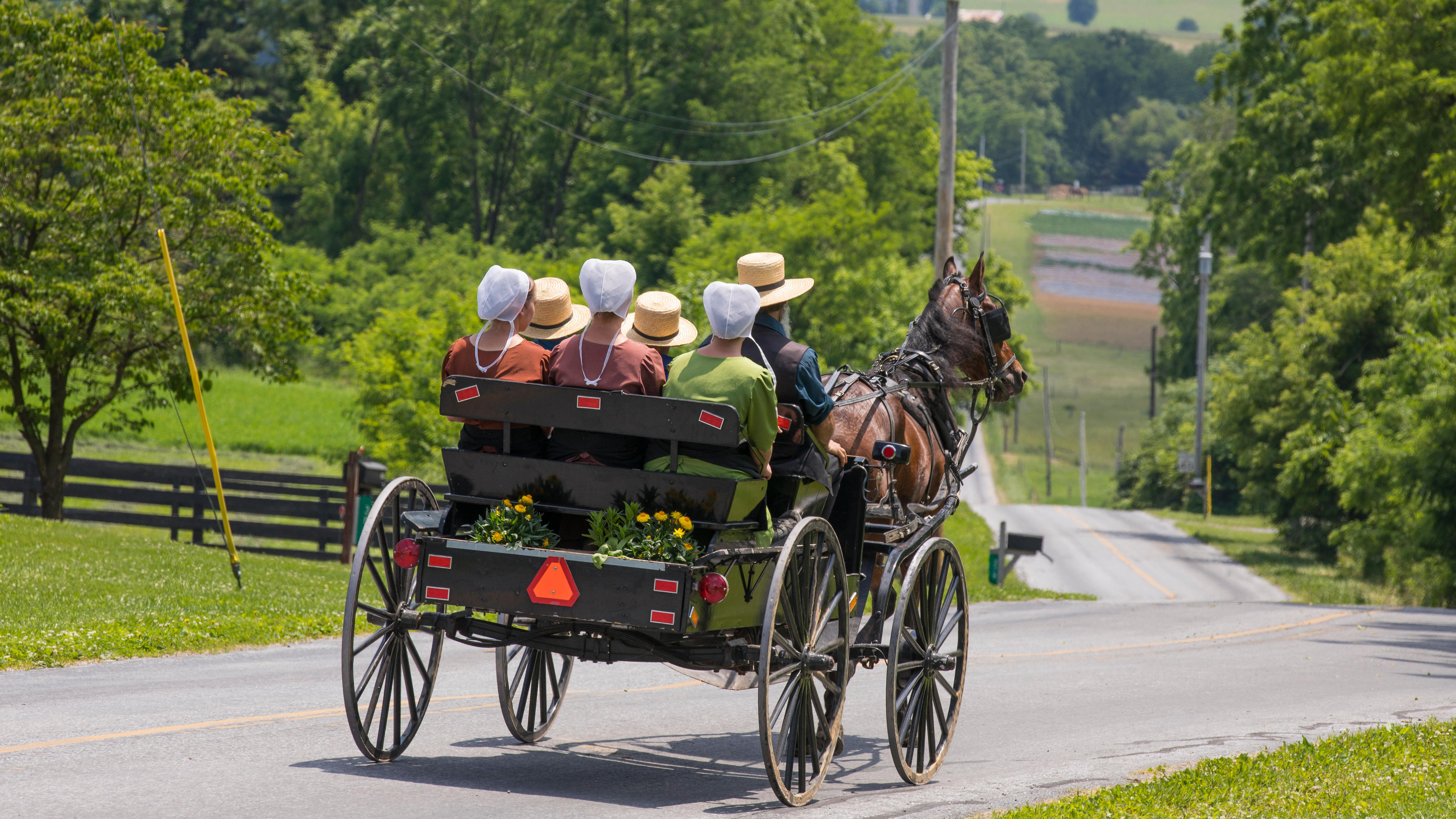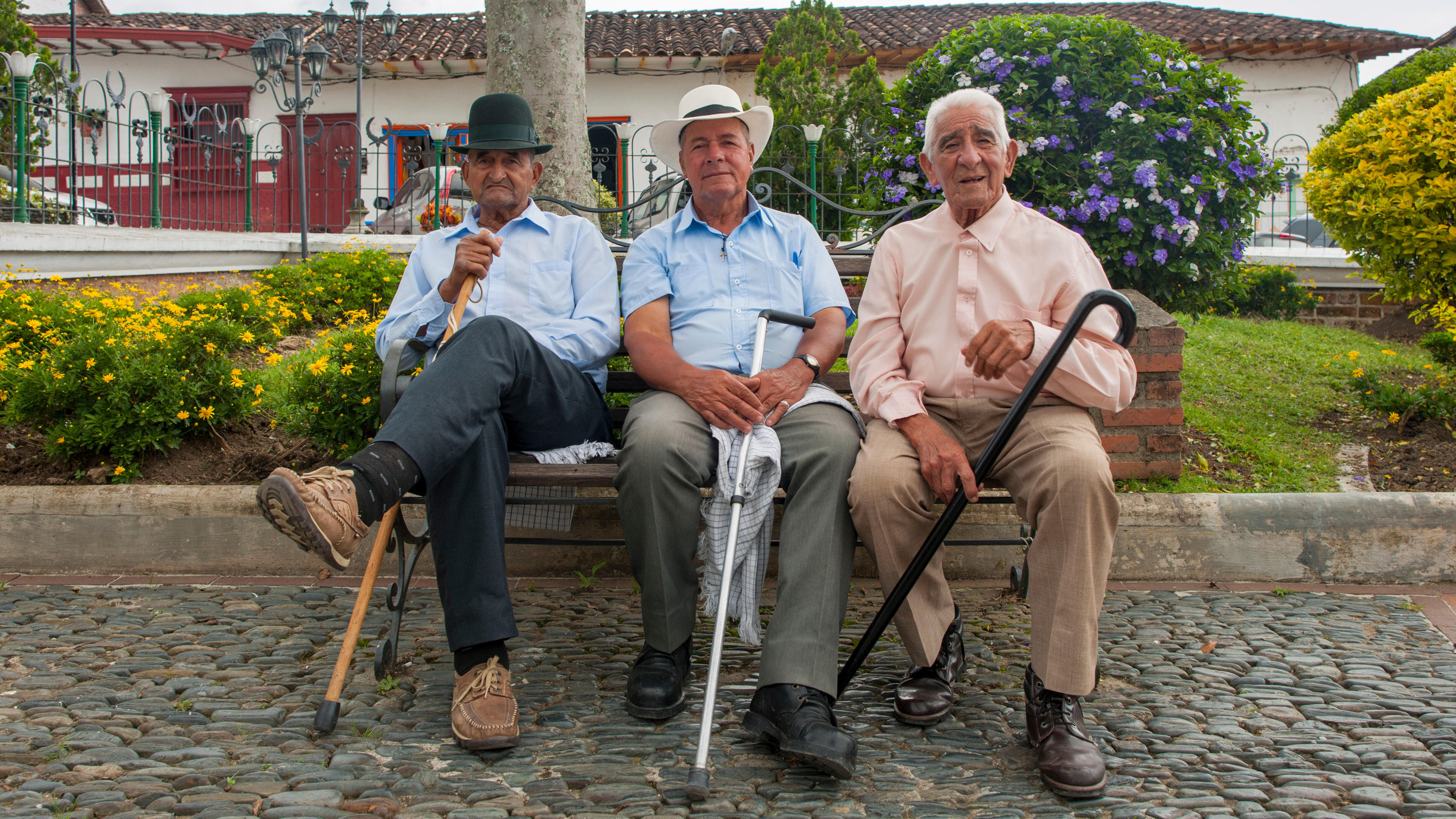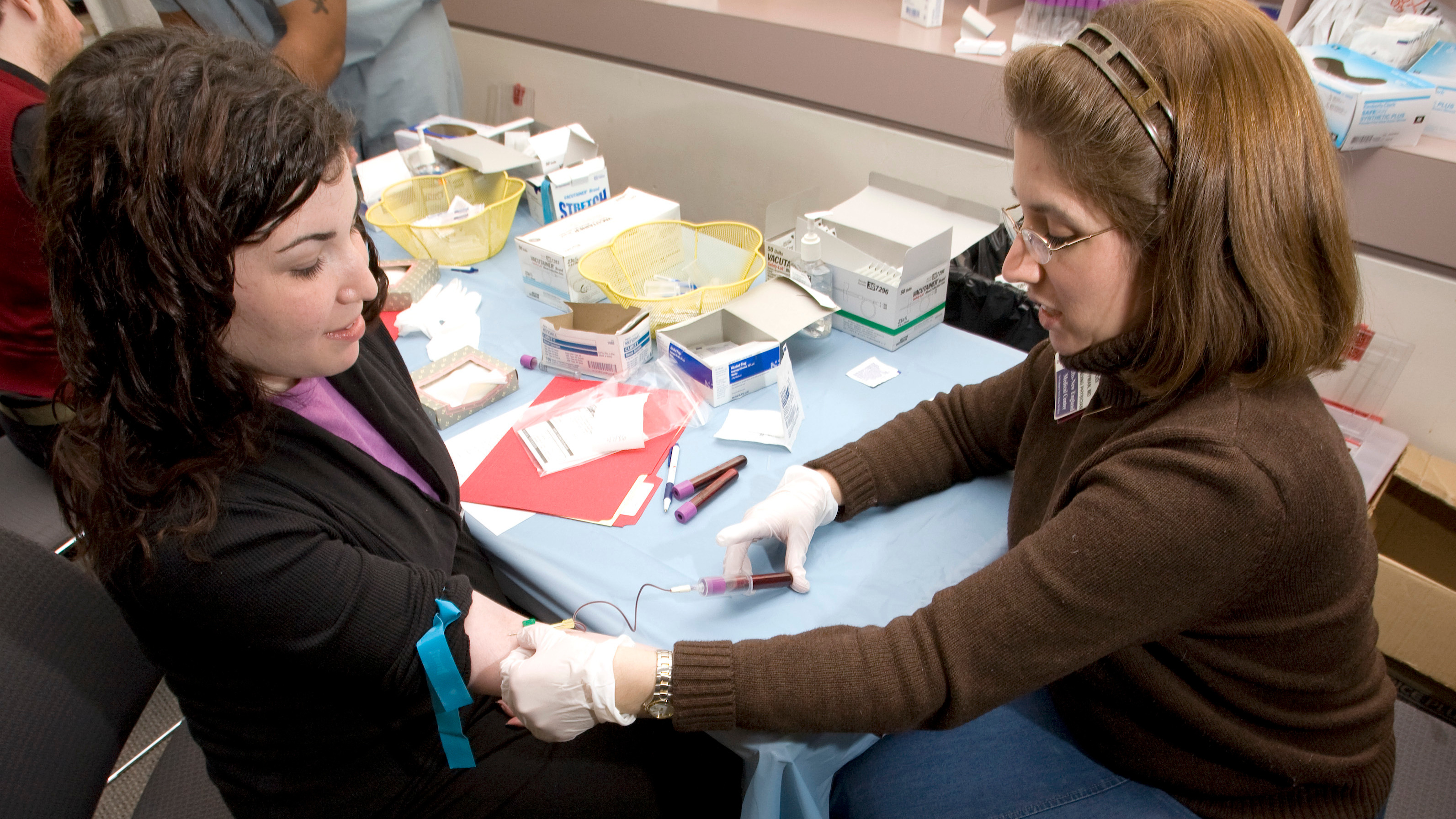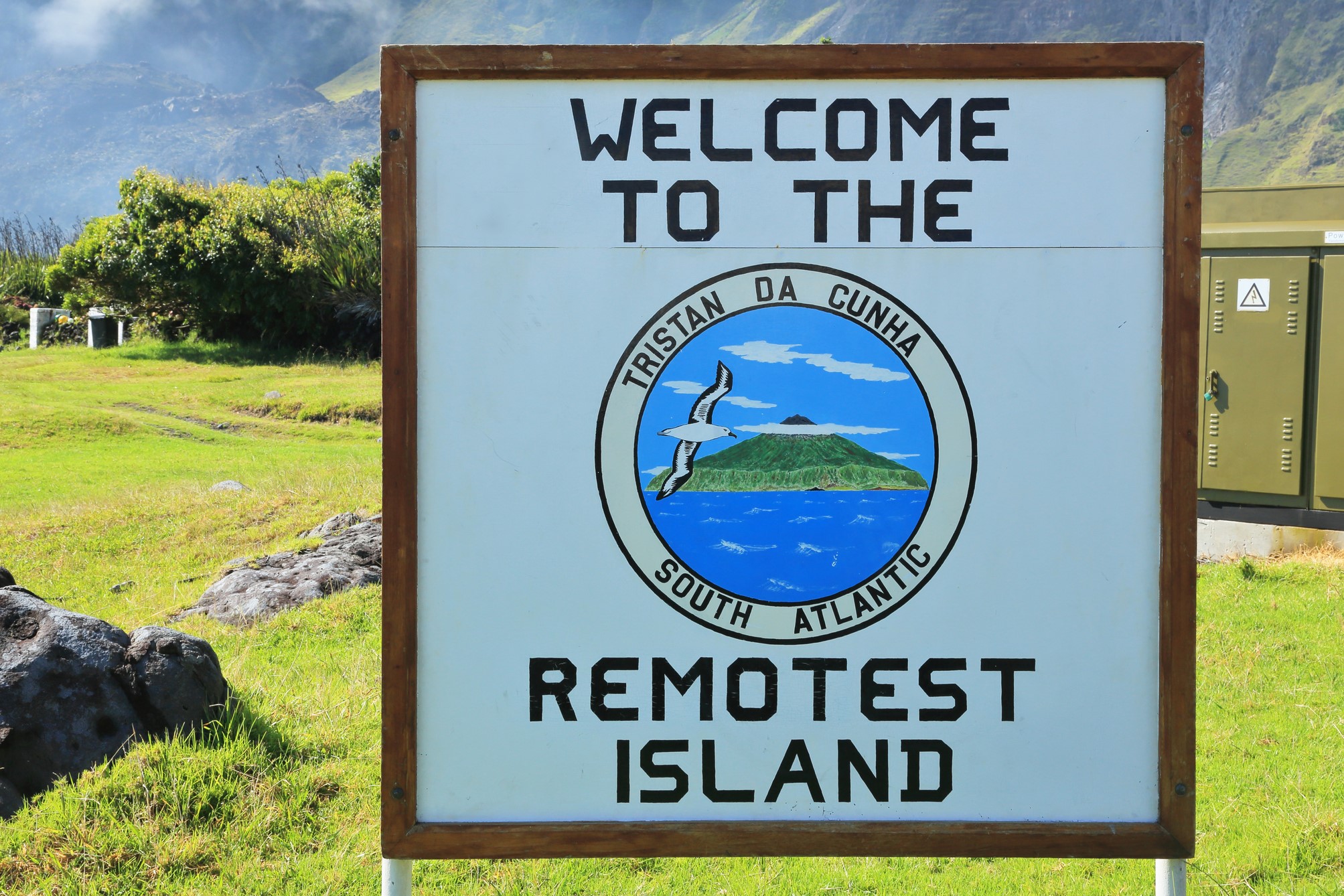9 of the most 'genetically isolated' human populations in the world
Geographical barriers and cultural differences can prevent people from mingling with their neighbors, leading to genetic isolation — and the phenomenon is more common than most people think.

Over the past 50,000 years, humans have populated nearly every corner of the globe — and due to geographic barriers, some of these populations then remained isolated for thousands or even tens of thousands of years.
Other populations have become cloistered thanks to insular cultural or religious practices. As a result, the genetic diversity of our species has declined over the past 50 millennia.
Genetic diversity in a given population can be reduced in what is known as a "founder event" — when a small group of people splits off from a larger population, which leads to a smaller gene pool in the isolated group. In a study of 460 populations around the world, roughly half showed evidence of a recent founder event, researchers concluded in 2022.
Here's a look at some of the most genetically isolated groups of modern humans — and how these isolated populations are helping researchers better understand humans' unique abilities and diseases that affect some groups more than others.
1. Anabaptists — Amish, Mennonites and Hutterites

These Christian groups originated in the 16th century, and many moved to America in the 17th century, settling in rural areas such as southeastern Pennsylvania. All of these populations have had significant founder effects and genetic bottlenecks over the past few centuries, and in 2011, a database was created to keep track of genetic disorders common to the Anabaptists.
For example, maple syrup urine disease, an inherited condition that involves problems processing the amino acids that make up proteins, is rare in the general population but affects 1 in 380 Old Order Mennonites. And the modern Hutterites descend from just 67 people, which has resulted in a higher than average rate of cystic fibrosis within the population.
2. Parsis

The Parsis are a community of Zoroastrians who migrated to India from Persia in the seventh century. Traditional Parsis disapprove of marriage outside of their religion, which may have led to the group's isolation.
Get the world’s most fascinating discoveries delivered straight to your inbox.
Geneticists are particularly interested in the longevity of the Parsis, who have gene variants correlated with living well into their 90s, despite the higher-than-average rate of breast cancer in women. A 2021 study published in Meta Gene concluded that the Parsi practice of endogamy — marrying within their group — was likely the reason for these particular traits.
3. Sherpa

The Sherpa in the mountains of Nepal have remained genetically isolated for centuries, likely in part because of the forbidding landscape they inhabit. The group moved from Tibet between 400 and 600 years ago and are best known as highly skilled Mt. Everest guides. Although the Sherpa have plenty of neighbors, a 2017 study in the journal BMC Genomics showed that their genome has little evidence of gene flow from nearby Nepali groups.
Geneticists are particularly interested in the Sherpa's ability to thrive at high altitudes, which a 2014 study in the journal Nature Communications found to be linked to the groups' unique genetics that likely evolved within the last three millennia.
4. Papua New Guineans

When modern humans arrived in New Guinea roughly 50,000 years ago, they met and mixed with the Denisovans, a now-extinct group of human ancestors who originated in Asia. But after that initial meet-up, Papua New Guineans became genetically isolated for tens of millennia — even within the country itself.
A 2017 study published in the journal Science showed a sharp divide between the gene variants of people living in the highlands versus the lowlands. And a genome study published in the journal Nature Communications in 2024 showed that Papua New Guineans inherited unique gene variants from the Denisovans that may help people in the lowlands fight off infections and the people in the highlands live at high altitudes.
5. Nunavik Inuit

The North American Arctic was the last region of the world to be settled by humans, beginning roughly 6,000 years ago. Inuit people arrived in Nunavik, the northernmost part of the Canadian province of Quebec, about seven or eight centuries ago. A 2019 study of 170 genomes of Nunavik Inuit people found that the Nunavik Inuit had little admixture with outside groups, leading to some unique gene variants.
In particular, their genomes seemed to reflect an increased ability to metabolize fat and protein, important for surviving a bitterly cold climate with few plant-sources of food. But the researchers also discovered the Nunavik Inuit had a much higher-than-normal genetic risk for brain aneurysms resulting from founder effect.
6. Antioqueños

A genetically isolated community in northwest Colombia, called the Antioqueños or Paisas, carries a rare genetic variant that puts people at increased risk of early-onset Alzheimer's disease (AD).
The province of Antioquia was founded by a small population of Spanish men and Indigenous women, and a 2006 study in the journal PNAS found that their descendants continued to pair up with Spanish men, but not with Indigenous women or men. Over time, this likely created a genetically isolated population, the study found. Many Antioqueños carry a rare genetic mutation that leads to cognitive impairment by age 45 and AD by age 50 — people typically develop the disease after age 65. But by studying this group, researchers hope to develop antibodies that could protect people against AD in the future.
7. Ashkenazi Jews

This Jewish diaspora group migrated from the Middle East and into Central and Eastern Europe in several waves, including one following the Crusades. A 2006 study in the American Journal of Human Genetics showed that around half of the 8 million Ashkenazi Jews living today can trace their maternal lineage to just four original groups. Later a 2022 study in the journal Cell revealed that this founder event happened at least seven centuries ago.
One potential issue with founder events is that inherited disorders can become more common in the population, because a small gene pool may "trap" gene variants. Tay-Sachs disease, a brain and spinal cord disorder that affects children, is rare in the general worldwide population but is more common in Ashkenazi Jews, with about 1 in 3,500 children in the population affected at birth. The condition also crops up in the Amish — another genetically isolated group.
8. Finns

Over the course of its history, Finland has had at least two major population bottlenecks, in which the population dwindled in number but then resurged. These bottlenecks, plus the relatively sparsely populated and geographically isolated nature of the country, led to an increase in the frequency of certain gene variants.
The Finns created a database, called Finnish Disease Heritage, that catalogues dozens of recessive genetic disorders commonly seen in ethnic Finns that can severely affect their health, including types of epilepsy and muscular dystrophy. On the other hand, the Finns' unique genetics make other conditions — such as cystic fibrosis and phenylketonuria — rare in people of ethnic Finnish heritage.
9. Tristan da Cunha

Tristan da Cunha, in the south Atlantic Ocean, is part of the most remote inhabited archipelago in the world. Today, it is a part of the British Overseas Territories and is home to only about 250 permanent residents. But when it was first settled in 1816, the population was somewhere between 15 and 28 people, making Tristan a textbook example of a founder effect.
A study published in the 1960s found that the Tristan population had a higher-than-expected number of people affected by retinitis pigmentosa, an inherited eye disease that causes vision loss, and a 2019 study revealed abnormally high frequencies of asthma within the population.

Kristina Killgrove is a staff writer at Live Science with a focus on archaeology and paleoanthropology news. Her articles have also appeared in venues such as Forbes, Smithsonian, and Mental Floss. Kristina holds a Ph.D. in biological anthropology and an M.A. in classical archaeology from the University of North Carolina, as well as a B.A. in Latin from the University of Virginia, and she was formerly a university professor and researcher. She has received awards from the Society for American Archaeology and the American Anthropological Association for her science writing.


